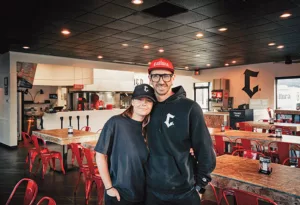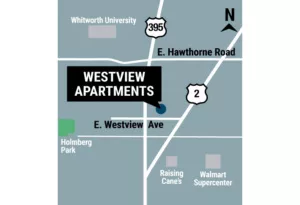
The Journal's View: Statewide economic vision warrants local involvement
A pair of statewide business groups have developed a new economic vision for Washington, one that Eastern Washington enterprises should become acquainted with and involved in executing for maximum benefit for our region, in addition to the state as a whole.
Developed by the Association of Washington Business and Washington Roundtable, Washington in the Making 2040 is a plan launched earlier this week that's intended to support economic prosperity statewide through the year 2040. The strategy involves four pillars: a business environment that fosters growth and innovation, a world-class workforce, infrastructure and connectivity, and exceptional quality of life.
Those pillars are the culmination of research that involved feedback from more than 4,200 people statewide, including 3,500 people who responded to surveys and nearly 750 business and community leaders who participated in town hall meetings and follow-up polling. In other words, the groups garnered feedback from a diverse group of industries and geographic regions to come up with the plan.
While in its early stages, the vision already has buy-in from some of Eastern Washington's biggest players. Avista Corp., Pearson Packaging Systems, and STCU are among the organizations based in the Spokane area that are founding funders. Others with a significant presence in the Inland Northwest who are backing the effort financially include MultiCare Health System, Premera Blue Cross, and BECU. Ideally, that list will grow and carry even greater cachet in the near future.
The timing is right for a cohesive, coordinated effort to advocate for business interest in an era in which the Washington state Legislature consistently places a greater tax burden on businesses.
But Jason Hagey, AWB's vice president of communications, says the Washington 2040 initiative is intended to provide a road map for the future that extends well beyond advocacy in one state budget biennium or an individual governor's term.
In the past, he says, statewide economic plans have been developed under some governors. He says late Gov. Booth Gardner came up with such a plan during his tenure in the 1980s and early 1990s, and former Gov. Christine Gregoire did something similar in the 2000s. In both cases, however, the plans lost steam after those leaders left office. The 2040 initiative is meant to endure regardless of whom is in office.
And while the plan is centered on the economy, it's intended to have broader implications. Hagey says, "The business community is driving the effort, but we want everybody to see themselves in this effort."
That's a lofty goal, but a worthy one.
More is to come. Washington 2040 will involve policy summits, data points, follow-up surveys, and resources for local chambers of commerce and other business groups. The first solutions summit, for example, will involve a discussion about energy policy later this year.
In Eastern Washington, let's dive in to see how we can help to grow our economy and maintain the quality of life we boast. Ideally, the benefits of doing so will last well beyond the 15-year horizon.


